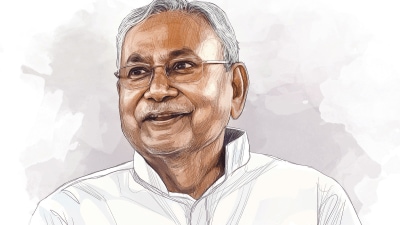The latest Union Budget has laid down a revised “glide path” for deficit reduction targets.
The earlier time-table for fiscal consolidation — based on the Vijay Kelkar committee’s roadmap — had envisaged the Centre’s fiscal deficit at 3.6 per cent of GDP in 2015-16 and 3 per cent by 2016-17.
The current Budget has, however, to bring down the fiscal deficit from 4.1 per cent in 2014-15 to 3 per cent only by 2017-18. Accordingly, the revised targets under the Fiscal Responsibility and Budget Management Act have been set at 3.9 per cent for 2015-16, 3.5 per cent in 2016-17 and 3 per cent in 2017-18.

[related-post]
Finance minister Arun Jaitley has defended the new glide path, stating that “the additional fiscal space will go towards funding infrastructure investment”. In other words, so long as the extra borrowings went towards financing capital (and not revenue) expenditures, there was a pro-growth argument in favour of running a higher fiscal deficit.
Story continues below this ad
But the Budget has proposed a revised roadmap for even the deficit on revenue account.
In the Kelkar glide path, this was to be brought down to 2.2 per cent in 2015-16 and 1.6 per cent in 2016-17. But Jaitley has now budgeted a revenue deficit of 2.8 per cent of GDP for 2015-16, which is only marginally lower than the 2.9 per cent in the revised estimates for the current fiscal. For 2016-17 and 2017-18, the revenue deficit is to be at 2.4 and 2 per cent of GDP respectively.






























